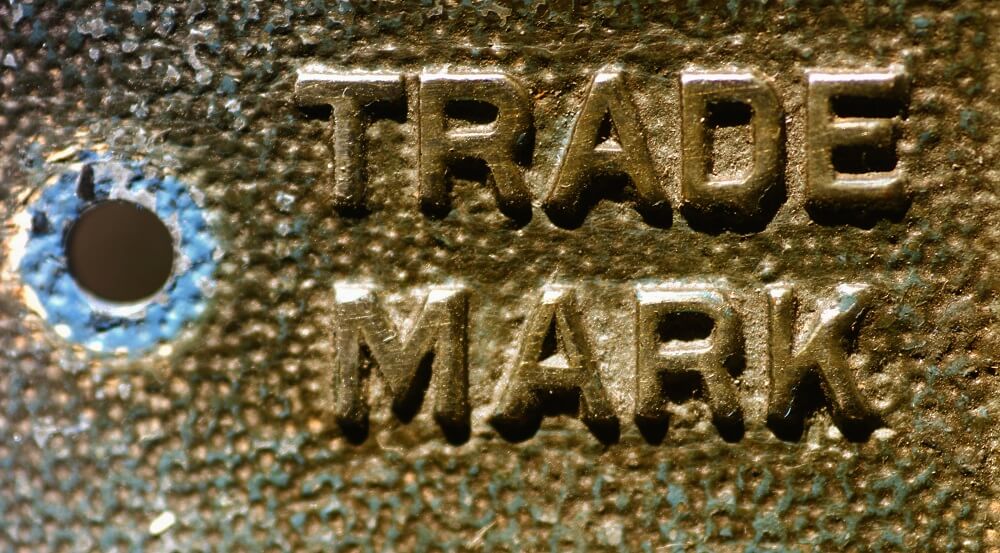
Genuine use of trade marks – Risk of altering the distinctive character of a trade mark
There are different ways in which a trade mark owner can be forced to provide evidence for the genuine use of its mark, for example, in cancellation proceedings against their trade mark or when filing an opposition against a trade mark application, the applicant can request proof of use of the trade mark on which the opposition is based.
In some cases this creates difficulties, since many trade mark owners do not sufficiently document their trade mark use, but even if they do, some trade mark owners are shocked to find out that by adding various elements to their registered trade mark, they change its distinctive character and thus fail to provide evidence for the genuine use of their registered trade mark.
Requirements for genuine use
Genuine use of a trade mark (usually) requires the use of the trade mark in the registered form. The use of the trade mark in a form differing in elements which do not alter the distinctive character of the registered trade mark also constitutes use of the trade mark (Art. 18(1) lit. a EUTMR/§ 26(3) German Trade Mark Act).
What does it mean to alter the distinctive character of the registered trade mark?
Let’s have a look at a decision rendered by the German Federal Supreme Court in 2017 (file no. I ZB 6/16), in which the Court had to decide whether the distinctive character of the trade mark “Dorzo”, which had only been used in combination with additional elements (e.g. “Dorzo-Vision®”, “DorzoComp-Vision®”) was altered. In this case, the Court held that the distinctive character of the trade mark “Dorzo” had been altered.
Regarding “Dorzo-Vision®”, the Court based its decision on the assumption that the relevant public would not perceive the word elements “Dorzo” and “Vision” as two individual signs, but rather as a combined indication of origin for the following reasons:
(i) the words elements of the trade mark (i.e. “Dorzo” and “Vision”) were written on the packaging in the same colour, size and font;
(ii) a hyphen was used to connect the word elements; and
(iii) there was a conceptual correlation of the words.
In addition to that, the Court made it clear that since the ®-symbol was placed after the word “Vision” instead of the registered trade mark “Dorzo”, the relevant public would assume that “Dorzo-Vision®” was the registered trade mark rather than “Dorzo”. In relation to the trade mark “DorzoComp-Vision®”, the Court came to the same decision based on very similar arguments.
Therefore, in this case the additional elements changed the distinctive character of the registered trade mark and thus the criteria of genuine use were not fulfilled.
To avoid any unpleasant surprises keep the following crucial points in mind:
Trade marks are hardly ever used in an isolated way, but rather in combination with graphical elements etc. One has to look at the registered trade mark and decide if the additional elements (words, colours, images, shapes etc.) have a relevant connection to the trade mark or if they are independent general indications with no relevance for the genuine use of the trade mark. This is a case-by-case decision.
• Use the trade mark in connection with the registered goods and services within a period of five years following registration.
• Use your trade mark in its registered form. In case you wish to add further elements to your trade mark, always make sure not to change the distinctive character of the registered trade mark.
• If you want to use the ®-symbol, only use it in direct connection with the registered trade mark.
• Sufficiently document the genuine use of your trade mark.








